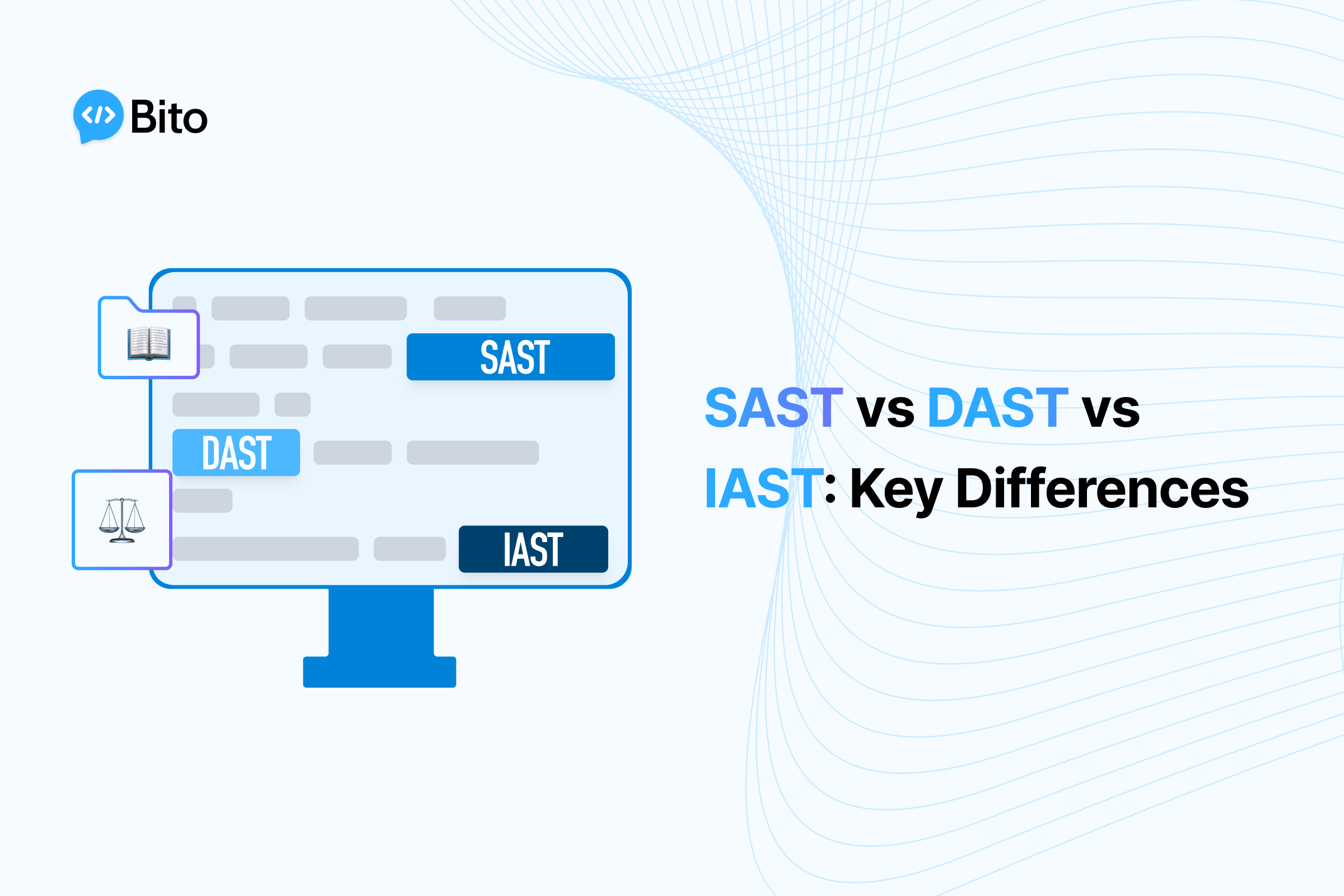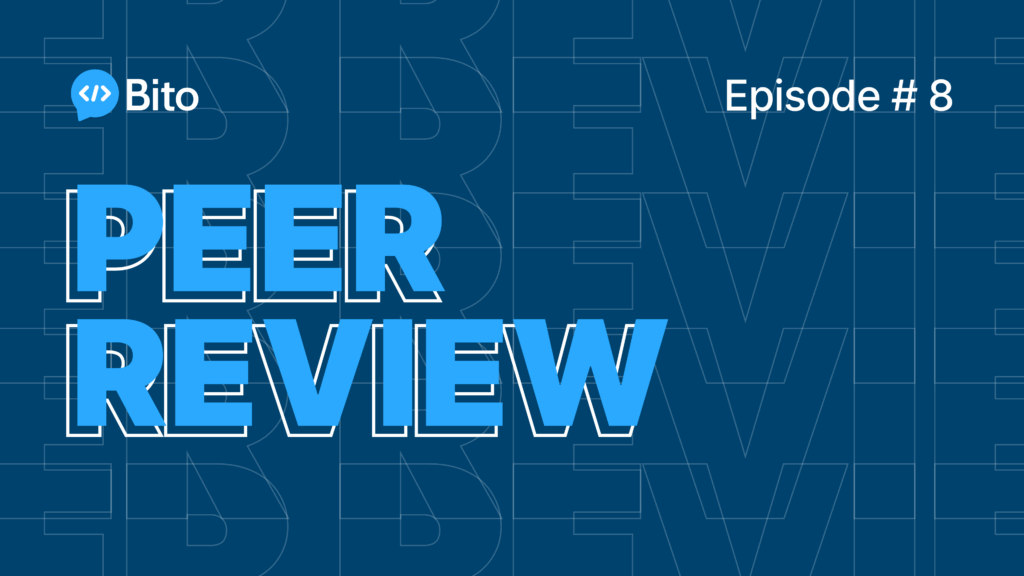As modern software applications become increasingly complex and interconnected, application security has moved from an afterthought to a critical priority. Organizations of all sizes need to validate that the code and systems powering their products and services are free from vulnerabilities that could lead to data breaches, service disruptions, regulatory non-compliance, and other business risks.
Static analysis, dynamic analysis, and interactive analysis security testing tools provide automated capabilities to identify vulnerabilities in applications and APIs. However, these approaches analyze code and systems in different ways during the software development lifecycle (SDLC). Understanding the key differences between static application security testing (SAST), dynamic application security testing (DAST), and interactive application security testing (IAST) allows organizations to choose the right solutions and combine approaches to achieve comprehensive results.
Defining SAST, DAST, and IAST
What is SAST?
Static application security testing (SAST) takes a white-box approach to analyzing application source code for security vulnerabilities before the code is compiled or deployed. SAST solutions scan programming languages like Java, C#, JavaScript, Python, Ruby, PHP, and others to uncover issues like SQL injection, cross-site scripting, insecure cryptography, and additional code-level flaws.
SAST testing is performed early in the SDLC, ideally as developers are writing code. Integrating SAST tools into integrated development environments (IDEs) enables developers to find and remediate issues efficiently. SAST can also integrate into continuous integration and continuous delivery (CI/CD) pipelines to automate security scans with every code commit or merge, enabling a DevSecOps approach.
What is DAST?
Dynamic application security testing (DAST) takes a black-box approach to testing applications in runtime production environments. DAST solutions simulate attacks against applications by manipulating inputs like forms, URLs, headers, and parameters and analyzing the resulting application responses for security issues.
DAST testing is well-suited for thick client, web, and mobile applications. It can find vulnerabilities like injection flaws, broken authentication and authorization, cross-site scripting (XSS), insecure configuration, etc. DAST solutions are typically used later in the SDLC to validate the external security posture of running applications.
What is IAST?
Interactive application security testing (IAST) combines static and dynamic approaches to provide comprehensive results. IAST solutions instrument application code to monitor its behavior and data flows while actively running and being tested. This code instrumentation tracks variables, memory calls, database queries, file access, and more.
By analyzing code as it executes, IAST can identify vulnerabilities with more precision down to the specific line of code. It also minimizes false positives compared to SAST or DAST alone. IAST is well-suited for complex systems using microservices, APIs, dynamic languages, and frameworks.
Comparing Testing Approaches and Use Cases
When to Use SAST
SAST solutions excel at finding security vulnerabilities efficiently early in the SDLC. Integrating SAST into developer IDEs and CI/CD pipelines enables DevSecOps practices where security is shifted left. SAST works well for programming languages like Java, C#, JavaScript, Python, Ruby, PHP, and others. It provides value throughout design and development by finding and enabling fast remediation of issues before code reaches testing, staging or production environments.
When to Use DAST
DAST dynamic testing adds important validation later in the SDLC cycle. Running DAST scans against applications in QA, staging, and production environments simulates real attacks against the external surface of running applications. DAST finds security issues that static testing cannot catch and validates that systems are not vulnerable to known attacks. DAST is essential for thick-client, web, and mobile applications to complement SAST capabilities.
When to Use IAST
IAST provides comprehensive results by combining SAST and DAST approaches. IAST solutions can monitor code during all testing cycles from developers’ machines through staging environments for complete coverage. The runtime code instrumentation used by IAST allows it to find vulnerabilities missed by isolated SAST or DAST scans. IAST is especially well-suited for complex modern applications using microservices, APIs, dynamic languages, frameworks, and frequent code changes.
Key Differences and Considerations
Analysis Scope
- SAST analyzes source code only, providing deep insights early in the SDLC but limited run-time visibility.
- DAST analyzes externally visible issues by manipulating inputs and monitoring responses, providing excellent runtime validation but limited code visibility.
- IAST monitors and analyzes code while actively executing providing code-level details and runtime validation in one solution.
Skill Requirements
- SAST requires expertise from developers to interpret results and understand remediations.
- DAST requires security testing skills to simulate attacks and understand results.
- IAST benefits from both development and security expertise to leverage code instrumentation data.
Integration and Overhead
- SAST integrates into developer IDEs and CI/CD pipelines with minimal overhead.
- DAST runs independent scans without needing application changes but adds testing overhead.
- IAST requires inserting agents into applications which can impact performance and complexity.
Here is a code example demonstrating a cross-site scripting (XSS) vulnerability that would be caught by SAST, DAST, and IAST solutions:
const express = require('express');
const app = express();
app.get('/search', (req, res) => {
const query = req.query.q;
// Vulnerability: No output encoding
res.send(`<h1>Search Results for: ${query}</h1>`);
});
app.listen(3000);
This simple web application takes a search query parameter but does not encode the output, enabling an attacker to inject malicious JavaScript. All three AST methods would catch this:
- SAST would flag the lack of output encoding as an XSS vulnerability
- DAST would identify the issue by manipulating the query parameter with a script payload
- IAST would track the unvalidated query value making its way into the response and triggering an alert
The next example demonstrates a SQL injection vulnerability:
// Node.js web app vulnerable to SQL injection
const mysql = require('mysql');
const connection = mysql.createConnection({
host: 'localhost',
user: 'app',
password: 'app123',
database: 'my_db'
});
app.get('/products', (req, res) => {
const category = req.query.category;
// Vulnerability: Query built with user input
const query = `SELECT * FROM products WHERE category = '${category}'`;
connection.query(query, (error, results) => {
if (error) throw error;
res.send(results);
});
});
Again, all three testing approaches would detect the problem:
- SAST would identify the SQL query building using untrusted input
- DAST would trigger the issue by manipulating category parameter values
- IAST would track the category value flow into the SQL query string
Conclusion
SAST, DAST, and IAST all provide vital capabilities for identifying vulnerabilities in modern software applications and APIs. Understanding the key differences outlined in this article allows organizations to choose the right solutions and combine approaches to achieve accurate, comprehensive results. By leveraging these automated security testing methods, development and security teams can collaborate closely to build more secure applications faster.
Shifting application security as far left as possible in the software development lifecycle (SDLC) is an important trend. Integrating SAST into developer toolchains and CI/CD pipelines enables “fixing bugs before they exist” and a DevSecOps approach. Later DAST and IAST testing remains essential for validating production-ready applications before release. As applications increase in complexity, capable SAST, DAST and IAST solutions will continue to provide critical value through complementary approaches to find and eliminate vulnerabilities.






